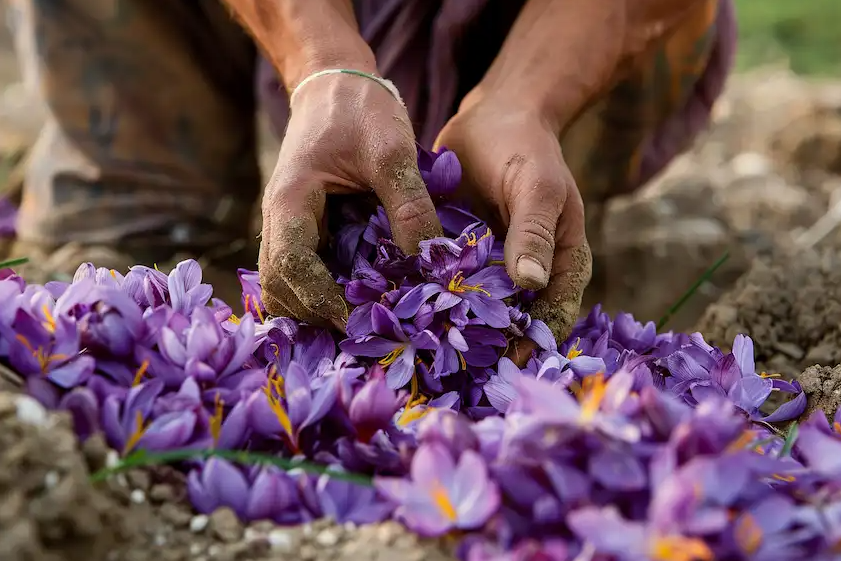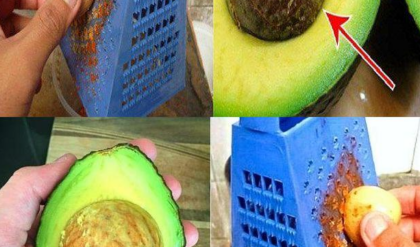Saffron, derived from the vibrant red stigmas of the Crocus sativus flower, is revered for its deep color, exquisite flavor, and numerous health benefits. Though traditionally associated with sprawling fields, saffron can be cultivated in containers, making this exotic spice accessible even in small spaces. Here’s how you can grow and harvest saffron right at home.

Selecting the Perfect Containers
To give your saffron crocuses the best start, choose well-draining pots that are at least 6 inches deep and 8-12 inches in diameter. Ensure the containers have multiple drainage holes to prevent water from pooling at the roots. Terracotta pots or breathable fabric containers are excellent choices, as they promote even soil drying and reduce the risk of root rot.
Preparing the Soil and Planting
Saffron thrives in loose, nutrient-rich soil with excellent drainage. Create the ideal mix by combining two parts potting soil with one part coarse sand or perlite. Plant the corms about 4 inches deep, pointy side up, and space them at least 3 inches apart to allow proper growth. Late summer to early fall is the best time to plant saffron corms, giving them a chance to settle before cooler weather arrives.
Choosing the Right Location
Place your saffron containers in a sunny spot that receives at least 6-8 hours of sunlight daily. Saffron crocuses are drought-tolerant and love full sun, but in extremely hot climates, some afternoon shade can protect the soil from overheating. If you live in USDA zones 6 to 9, your saffron can remain outdoors year-round. In colder regions, overwinter the pots indoors or in a frost-free space to ensure the plants survive.
Watering and Feeding Your Saffron

Saffron prefers careful watering. Before sprouting, keep the soil slightly moist, but not soggy. As green shoots appear, increase watering but allow the soil to dry out between sessions to avoid bulb rot. At the start of the growing season, apply a balanced, slow-release fertilizer to support healthy growth and blooms.
Harvesting Your Saffron
In the fall, your saffron crocuses will bloom for 1-2 weeks, each producing three bright red stigmas. These stigmas are the prized saffron spice. Harvest them on the same day the flowers open using tweezers to gently pluck the stigmas. Dry them on a paper towel in a cool, shaded area, then store the dried threads in an airtight container away from light to preserve their rich flavor and color.
Year-Round Care
After the blooming period, the saffron plants will naturally begin to yellow and enter dormancy. During this phase, reduce watering to a minimum. In colder climates, move the pots to a sheltered or indoor location to protect the corms from frost. To maintain healthy plants year after year, repot the corms annually, refresh the soil, and separate any overcrowded bulbs to encourage vigorous growth.

Why Grow Saffron at Home?
Growing saffron at home is more than just cultivating a spice—it’s a rewarding journey that connects you to a tradition spanning thousands of years. The vibrant blooms add beauty to your garden, while the harvested saffron enriches your culinary creations with unmatched flavor and aroma.
Whether you’re a seasoned gardener or a beginner, growing saffron in containers is a fulfilling project that combines patience with the joy of nurturing something truly unique. Dive into this rewarding experience and relish the fruits—or rather, the stigmas—of your labor.
Inspired by this guide? Share it with friends and encourage them to explore the joys of growing saffron at home!





